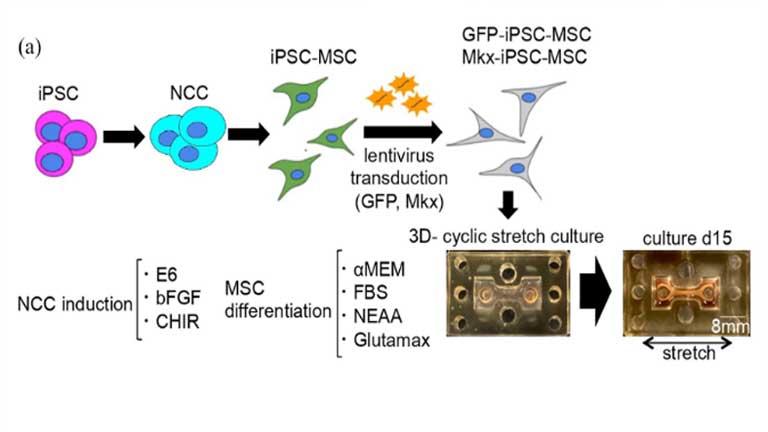Fifty years ago in a bygone era, my assignment was to deliver dozens of Smithfield gift hams at Christmastime in the Richmond suburb of Henrico County, Virginia. My father was a real estate developer embroiled in a challenging fight to rezone property for multi-family use. The influential Tuckahoe local neighborhood association was vehemently opposed.
Father was shrewd. The “currency of the realm” that he employed to garner the goodwill of county planning board members, elected, supervisors, the local federal judge and skeptical neighbors was the “Rolls Royce” of deliciousness, quality and Commonwealth pride- the famous Smithfield ham. I would load the gift–boxed, 20-pound hams on board my 1966 Mustang and off I’d zoom to the front doors of the surprised local gentry.
So I noted with nostalgic interest and surprise that Smithfield Foods -still based in the small burg of Smithfield, Virginia- is now the world’s biggest pork producer and that it has launched Smithfield Bioscience, utilizing the byproducts of its huge meat production business to develop human therapeutics, tissue fabrication and regenerative medicine.
“researchers at the Salk Institute reported that they had created human- pig chimera embryos for research into organ transplantation”
It was reported that the new subsidiary, Smithfield Bioscience, is participating in the massive, Department of Defense funded, Advanced Regenerative Medicine Institute (ARMI) to develop manufacturing processes for cells, tissue and organ development. The company will be working with outside partners to “refine the use of the byproducts.”
In 2013, The Hong Kong-based WH Group acquired Smithfield Foods for $4.72 billion! From Smithfield to Hong Kong. Amazing.
Pigs and regenerative medicine have been all over the news recently. In January 2017, researchers at the Salk Institute reported that they had created human- pig chimera embryos for research into organ transplantation. Reprogrammed human cells were injected into early-stage pig embryos. “The experiment was a proof of principle that human cells could merge into the pig embryos and be sustained for a time.”
Just last week it was reported that Dr. Paolo De Coppi (Senior Associate Editor of the journal Stem Cells Translational Medicine– the RMF official journal partner), is leading an upcoming surgical clinical trial to treat childhood birth defects utilizing pig organs modified after seeding with the babies’ own stem cells.
“Dr. Paolo De Coppi is leading an upcoming surgical clinical trial to treat childhood birth defects utilizing pig organs modified after seeding with the babies’ own stem cells”
So pig parts plus human cells appear promising for regenerative medicine, in basic laboratory research and in surgical experiments. Not just for barbecuing.
I am cheered that Smithfield Bioscience will contribute to promising regenerative medicine research.
Relating to my experience with ham- it’s complicated. My father’s real estate was eventually re-zoned. Was it the the persuasive power of the Smithfield hams (and possible other hidden “consideration”) bestowed on the neighbors? I’m not sure.
I delivered hams. However when I was growing up, we were never, ever served ham in my house. However, I admit it’s hard to resist a Cuban sandwich when I visit Calle Ocho in Miami. Go figure.
Bernard Siegel is the Founder and Executive director of the Regenerative Medicine Foundation and the World Stem Cell Summit. As a recognized policy expert on stem cell research, regenerative medicine and cloning, Mr. Siegel is a frequent panelist and keynote speaker on the subject of stem cells, public policy, patient advocacy and the societal implications of longevity. He has spoken at the United Nations, the Salk Institute, the German National Academy of Science (The Leopoldina), and others. He has lectured at more than 40 colleges and universities around the globe.




